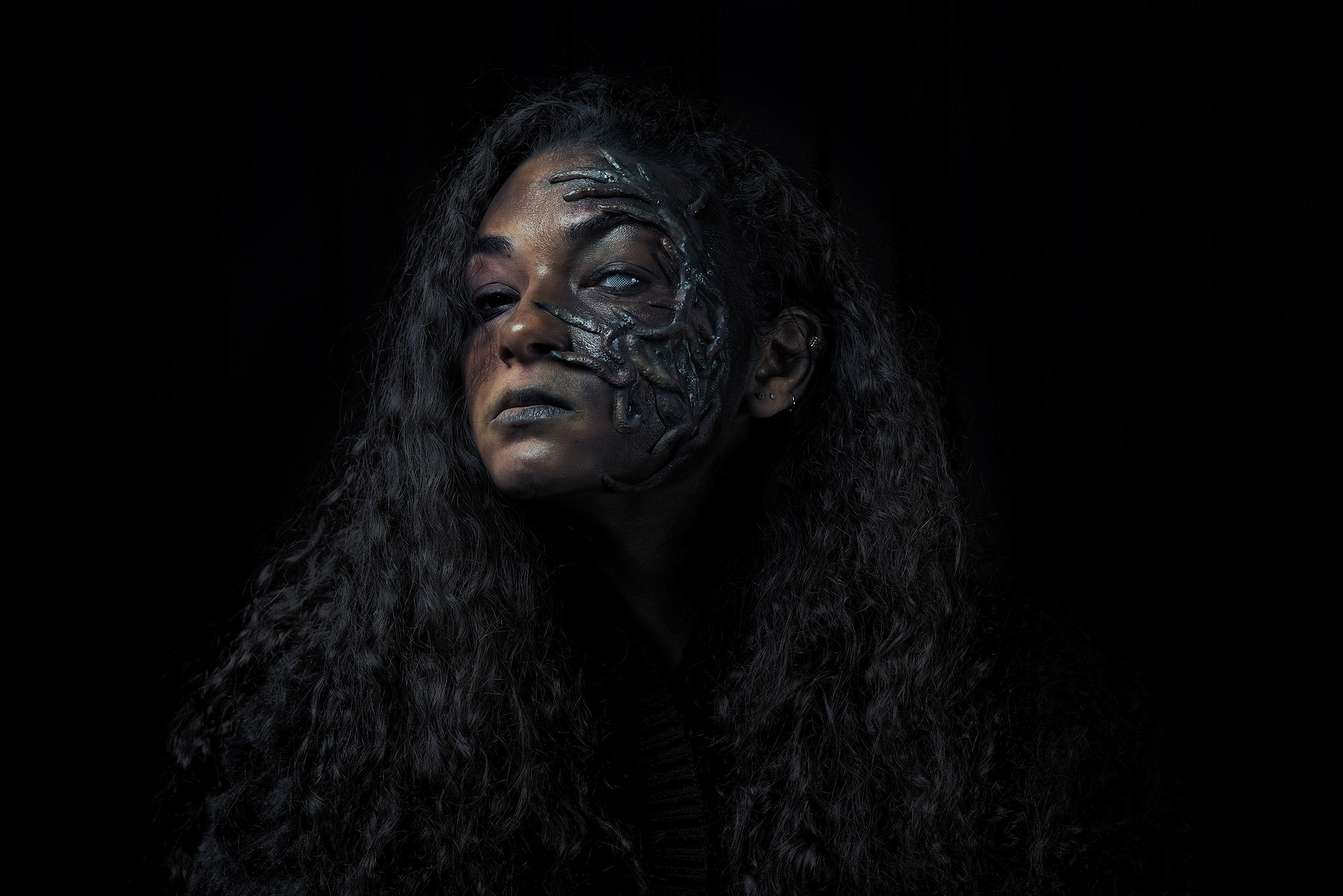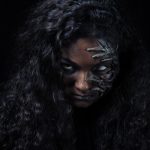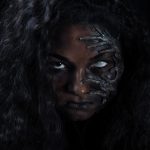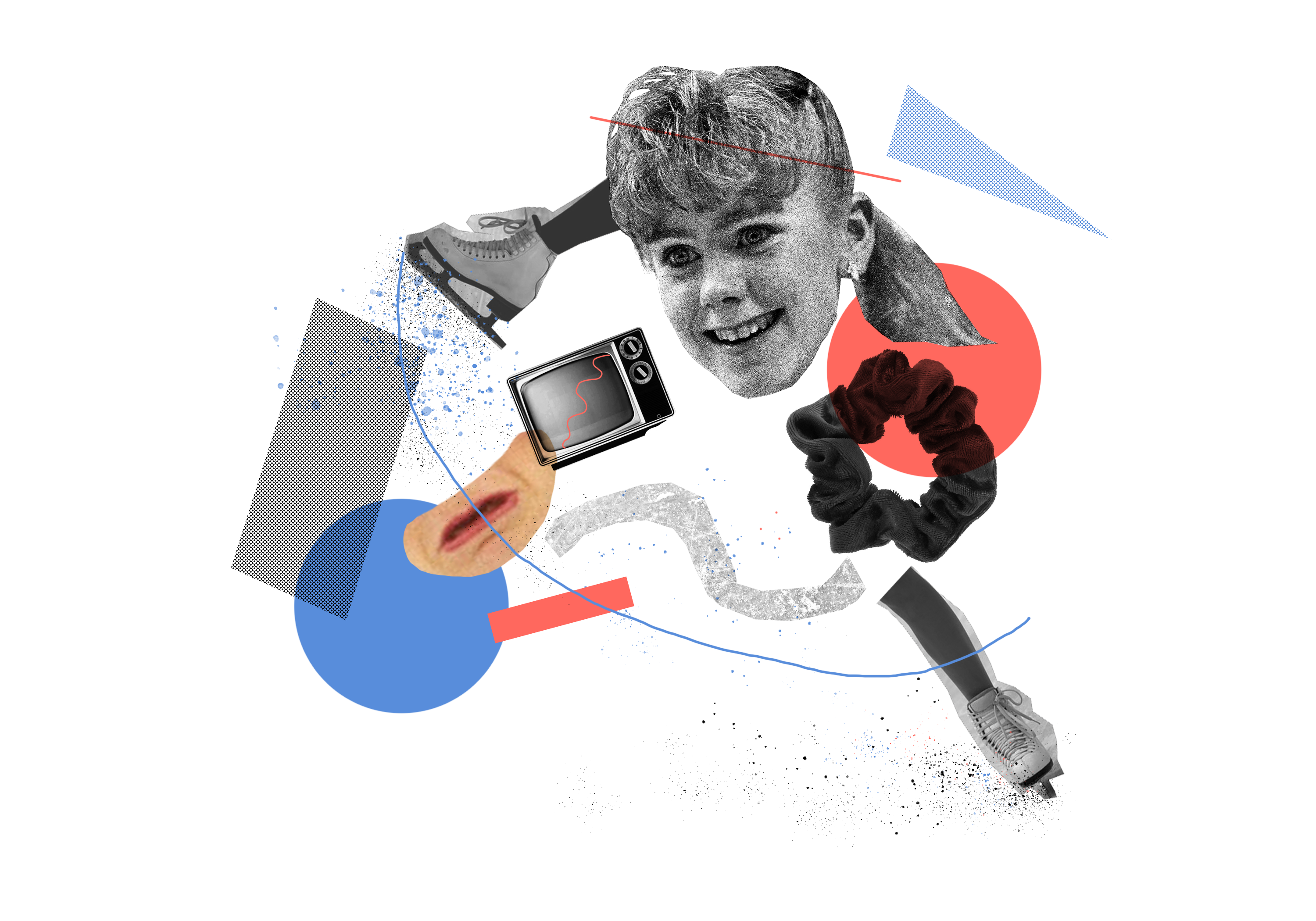
Halloween’s not the only time to get gross and gory.
Raquel Rosen is an undergraduate sophomore here at the School of the Art Institute of Chicago (SAIC) in the Sculpture department. Her specialty? Gory FX makeup — the nastier the better. Raquel has been practicing this art form for about two years, but already defines the medium as her passion and career choice. When she is not in Chicago, she takes classes at the Make-up Designory (MUD) in New York City, which teaches a range of different makeup techniques in both beauty and FX.
F Newsmagazine: What defines FX makeup and how is it different from what people apply on an everyday basis?
Raquel Rosen: FX makeup is where you drastically, or subtly, alter an individual’s appearance for either film or photo shoots, incorporating the use of sculpting, molding, and casting to create the final look. FX makeup could range from minor cuts and bruises on the body, to full, creature-design characters such as aliens or mythical creatures.
FN: You’re a student at SAIC. How do you incorporate the school’s teachings into your work?
RR: Sadly, there are no classes [at SAIC] that teach special FX makeup because it is such a specific field; but I am taking courses here to expand my skill set [and I am learning how to] incorporate various art techniques into my work, as well as abstractly think of concepts that no one else would think of. For example, I am learning how to understand human anatomy in my figure drawing class, and how the body would look and move under a prosthetic design. In my sculpture class, we were taught how to make a mold, so I am now familiar on how to cast my face and other body parts, and even cast my sculpts to make them into workable and wearable prosthetics. Every class that I am either currently enrolled in or planning on taking in the future here at SAIC will teach me important skill sets that I will incorporate into my work and will allow me to grow into a better makeup artist.
FN: Which do you like better? FX or Beauty?
RR: FX for sure. With FX makeup, you have so much more freedom to get gross and gory, ranging from all kinds of looks, from burns and injuries to nightmarish monsters and futuristic cyborgs. You have the ability to design your own sculpt and choose your own colors and wardrobe, and the whole process and dedicated time and work that goes into this is so fascinating to me.
FN: How much research goes into the process of making your art?
RR:It depends on what you are trying to make. For example, if you want to replicate a cut or a burn on a certain body part, you will have to pull up reference images of real-life injuries to really sell the believability aspect of the prosthetic. It is so important to know about the human body when it comes to designing prosthetics. I am currently learning the muscles in the face, as well as facial bone structures, as you will have to apply the prosthetics to the human face.
FN: What do you think about when involving narrative in your looks?
RR: I believe every character or prosthetic that I design should have a backstory. When there’s a narrative behind a work — for example, a gory wound spewing blood everywhere out of the stomach, or a futuristic tribal member with a scar running through the eye — the audience has a story to envision in their minds and look on as I bring that vision to life. If there is no backstory of why the makeup looks the way it does, then anatomically, and visually, the makeup simply will not make any sense.
FN: Can you describe your method?
RR: I first took clay and sculpted my design onto my plaster-casted face. Once I was satisfied with the sculpt, I stippled on at least seven to eight layers of liquid latex with a sponge, allowing each layer to dry in between. Once the last layer dried, I carefully removed the piece, dusting it with translucent powder to remove the tackiness, and set it aside. To build up the prosthetic, I padded the back with a cotton-latex mixture so it held its shape. I then applied the latex piece to my face using Spirit Gum, a skin-friendly adhesive, and then airbrushed on various colors until I was satisfied with my design. And of course, topped off the look with a white out contact lens.












